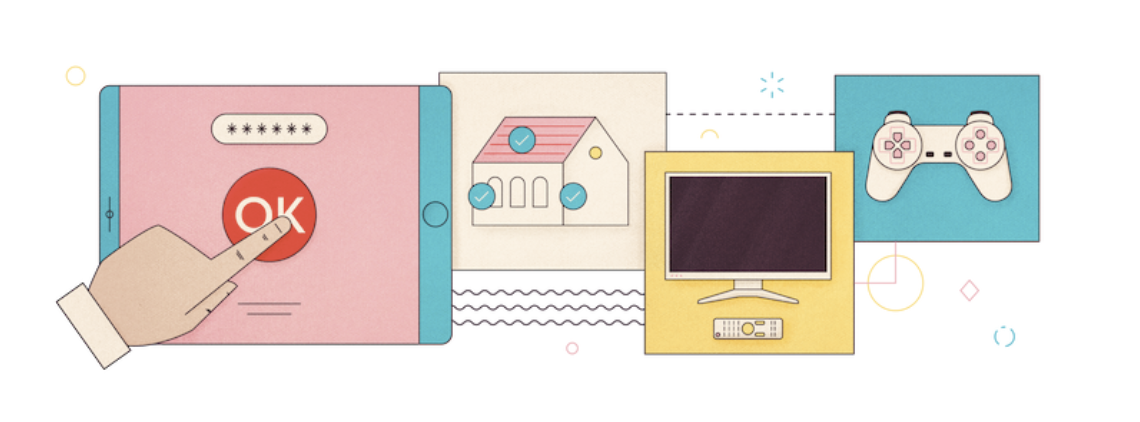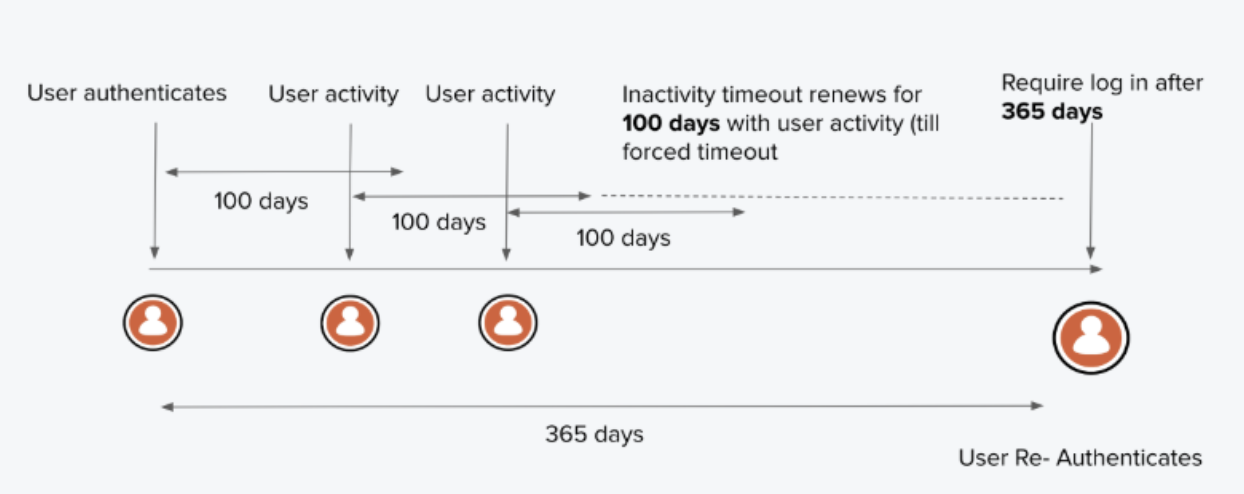Today’s media consumers enjoy an incredible array of content and have an unprecedented number of choices for how, when, and where to consume it. In this saturated environment, media heads of product are engaged in a war for consumer attention. The winners are the companies that curate the most relevant content for each user, with simple, intuitive platforms that keep them coming back for more.
The media companies that are most successful at keeping consumer attention are those with the most intensive surgical focus on creating a personalized user experience. Netflix, for instance, doesn’t merely use its insights to recommend shows; they even tailor the thumbnail images of those shows to different demographics and what they find most irresistible. Achieving this level of personalization requires media outlets to possess a deep and holistic understanding of each customer, not one that is fragmented across channels or devices.
In this piece, we’ll explore how uniting customer identity in a single view will enable UX that caters directly to your customers’ preferences. Building UX around identity is crucial for heads of production who want to make their platforms stand out rather than be one more dish in the endless media smorgasbord.
Simplify Authentication Across Devices
The era of the internet of things (IoT) presents exciting possibilities for both media producers and consumers as more smart devices become capable of delivering content. But the promise of seamless, nearly effortless device usage is often stymied at the login screen.
As anyone who has tried to type their email address with a TV remote can attest, there are few UX experiences more painful than attempting to log in with a device that was never intended for entering credentials. This frustration and its cost to UX are avoidable if you implement single sign-on (SSO). With SSO, when users log in to an application with one set of credentials, they are automatically signed into other applications. The primary UX benefit of this is that it simplifies authentication across devices and accelerates the time to first login.
"The era of the internet of things (IoT) presents exciting possibilities for both media producers and consumers as more smart devices become capable of delivering content."
Tweet This
With a sophisticated customer identity and access management (CIAM) solution like Auth0, you can use SSO to shift the login process to other devices, which are more user-friendly and are already associated with user profiles.
Using OAuth Device Flow, a user trying to log in to your app via their smart TV won’t have to fiddle with their remote. Instead, they’ll be directed to visit a URL on their computer or smartphone, enter a short code, and complete the authentication process with far less friction. Aside from ease of use, shifting authentication to a browser also improves security, since users don’t have to directly expose their credentials to their smart devices.
Reduce the Number of Required Logins
The login box is your first impression with a customer. At best, a time-consuming login means that customers begin their session with an unpleasant experience. At worst, it means they browse without logging in, robbing you of the chance to present them with personalized content. The solutions to this issue hinge on using your view of the customer to minimize the number of times they have to re-enter their credentials.
For multi-brand media companies, a seamless customer experience starts with SSO. For example, we’re all familiar with SSO when we log in to Google and are automatically logged in to YouTube. That feature is critical in enabling YouTube to recognize users and recommend videos tailored to their interests.
"The login box is your first impression with a customer. At best, a time-consuming login means that customers begin their session with an unpleasant experience."
Tweet This
Another effective tactic to reduce tedious logins is implementing long-lived sessions for users. Long-lived sessions let developers extend the login period before idle time-outs, in which users are automatically logged out after a certain period of inactivity. Whereas maintaining a brief window for idle time-outs makes sense for apps that handle highly sensitive information, it often hurts media companies. If you have a user who typically logs on once a month to read new content, forcing them to log in each time harms UX without providing any real benefit.
If you choose to explore long-lived sessions, it’s crucial to have a CIAM provider like Auth0 that lets you tailor the system to your business. Auth0 lets you customize session limits of up to 100 days, which you can adjust based on the level of risk your business is comfortable with. You can also apply rules that require users to authenticate when engaging in activities such as changing payment details. It’s crucial to maintain this level of customization with long-lived sessions; otherwise, your short-term UX gains can be erased by compromised security.
Create a Consistent Experience with an Identity Directory
In a media ecosystem that is often overwhelming to users, the ideal UX is a place where one’s needs are understood and catered to the moment one logs in. To achieve this uniform, curated experience across platforms, consider storing user profiles on a centralized directory.
It’s vital to have rich, holistic profiles that function as the authoritative source of truth about your customer. That way, even if a user logs in via social media at one point, and email the next, both logins still feed into a single profile. With this approach, profiles and content recommendations stay relevant even as login behaviors evolve.
Having a single profile — as opposed to duplicates across login methods or devices — ensures that your company’s advertising and marketing efforts are appropriate rather than intrusive. Lacking this alignment can have a negative effect on UX; a recent study found that 66% of consumers disliked being targeted too many times, and 44% were annoyed if targeted for too long.
Auth0 offers customers the ability to host their directories on their own servers or on the secure Auth0 server. If your needs change, you can move your directory to Auth0 without requiring that customers undergo a disruptive password reset. This model lets you scale, which results in consistent delivery of good UX even as you grow.
Use Identity to Become a Content Concierge
In this crowded media landscape, compelling content is no longer enough to attract and retain customers. Consumers increasingly demand that companies not only select the most relevant and valuable content for them but also deliver it across all their devices with minimal effort.
Understanding your users’ identity is at the core of great UX. That’s why attaining a single vision of the customer is such an effective digital initiative for media heads of product. To do this project justice, be sure to partner with a CIAM that can provide an experience as simple, yet as customizable, as the one you offer your customers. If you’d like to learn more about how Auth0 can help you quickly create a CIAM solution that suits your needs, please reach out to an [Auth0 resource](mailto: sales@auth0.com).
About Auth0
Auth0 by Okta takes a modern approach to customer identity and enables organizations to provide secure access to any application, for any user. Auth0 is a highly customizable platform that is as simple as development teams want, and as flexible as they need. Safeguarding billions of login transactions each month, Auth0 delivers convenience, privacy, and security so customers can focus on innovation. For more information, visit https://auth0.com.








